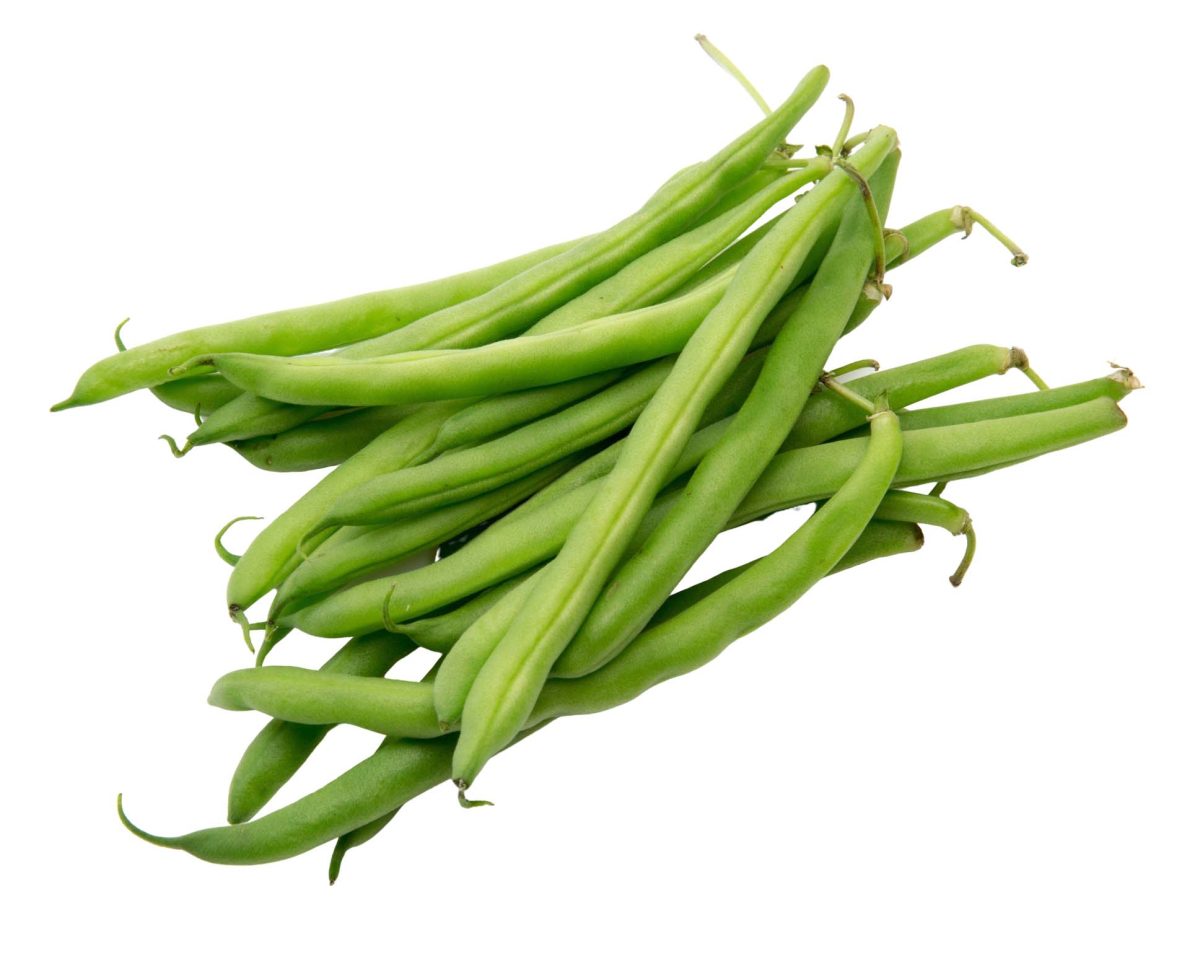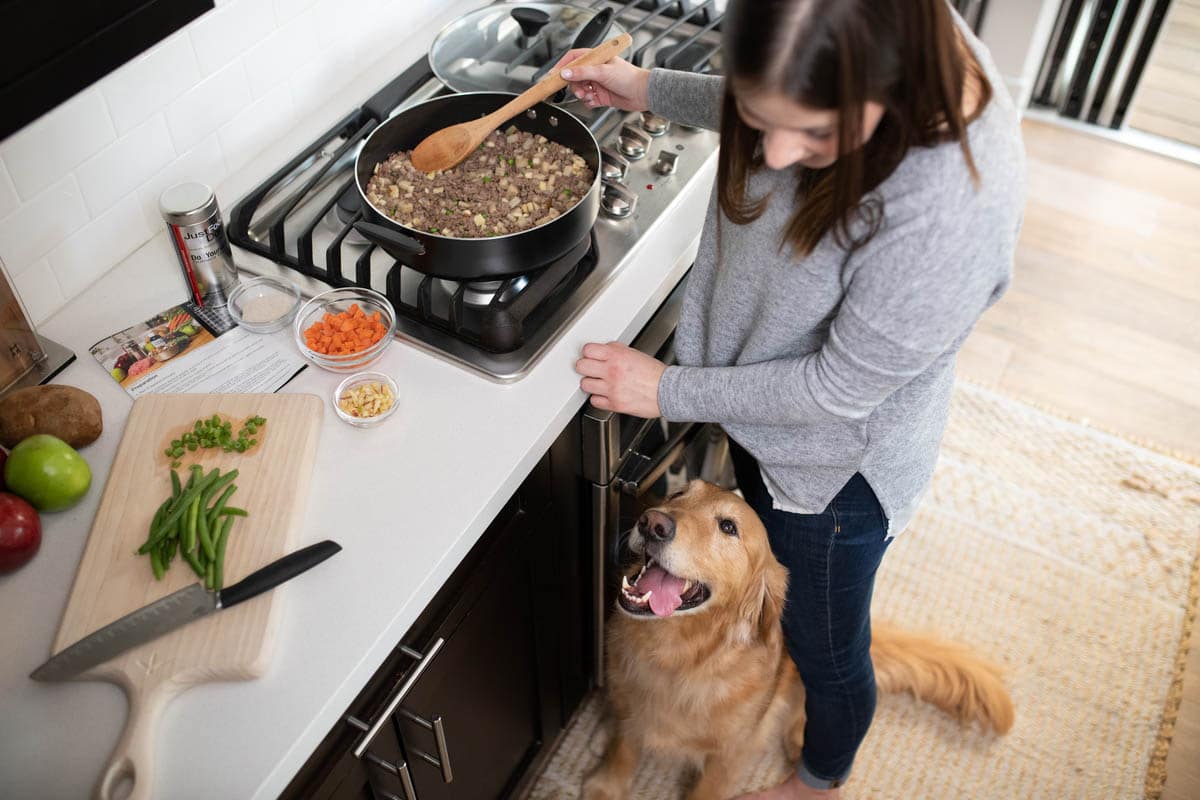7 Ingredients to Avoid in Dog Food
A little research is needed for pet parents who want to learn what kinds of ingredients to avoid in dog food. Armed with a little information, you can make an educated decision about your pet's daily diet.
As a pet parent, you might feel overwhelmed by the number of dog food options. You want to feed your pooch the best dog food for their age, health, and activity level, but how’s a pet parent to choose? How are pet owners to know what ingredients to avoid in dog food?
You know all the dog food options aren’t created the same. You’ve got your standard dry dog food, canned pet food, and now fresh pet food available for your furry friend. You probably know quality ingredients like real meat have the most nutritional value while other ingredients serve as fillers or, worse, could be harmful to your dog’s health.
Fortunately, you don’t have to be a nutrition expert to assess the best (and questionable) ingredients on a dog food label. Armed with a little information, you can choose your the best food for your dog’s diet.
A Brief Guide to the Pet Food Industry
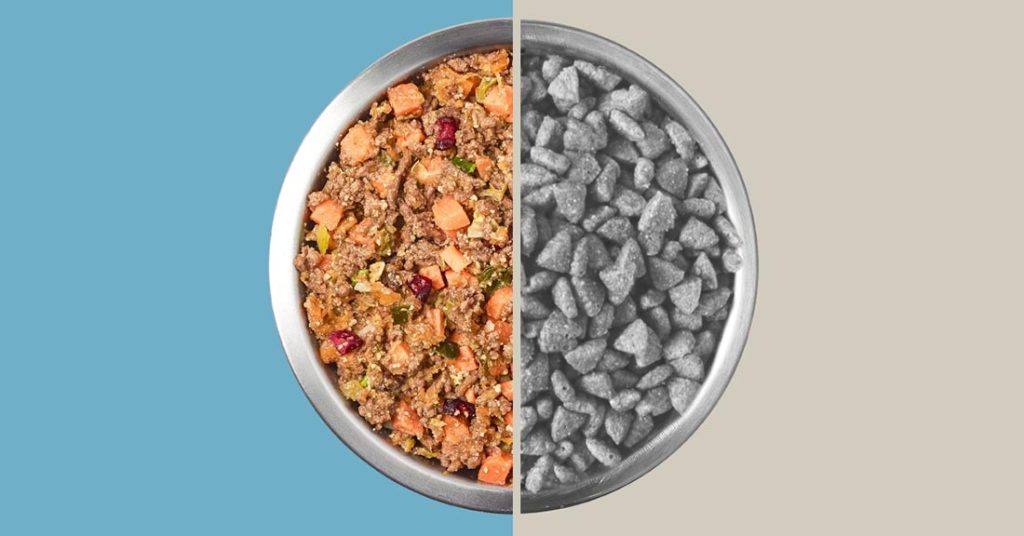
In the U.S., there are distinct categories between food meant for human consumption and pet food quality. Both the Food and Drug Administration (FDA) and the Association of American Feed Control Officials (AAFCO) offer guidelines to help you navigate pet food labels.
The basics include ensuring pet food is manufactured and packed under sanitary conditions and with proper labeling. Yet, those foods can still include additives, filler ingredients, and other common ingredients you may want your pooch to refrain from ingesting.
As pet parents have become more aware of the link between nutrition and pet health, more people seek high-quality pet foods made with real meat and human-grade ingredients. It makes sense that real food in your dog’s diet offers your pooch better health.
You can start by avoiding these potentially harmful ingredients.
These Dog Food Ingredients Could Be a Problem
Many of these are common ingredients in processed foods for both people and pets. Recent research indicates they can be harmful, too, when ingested over time.
1. Artificial preservatives
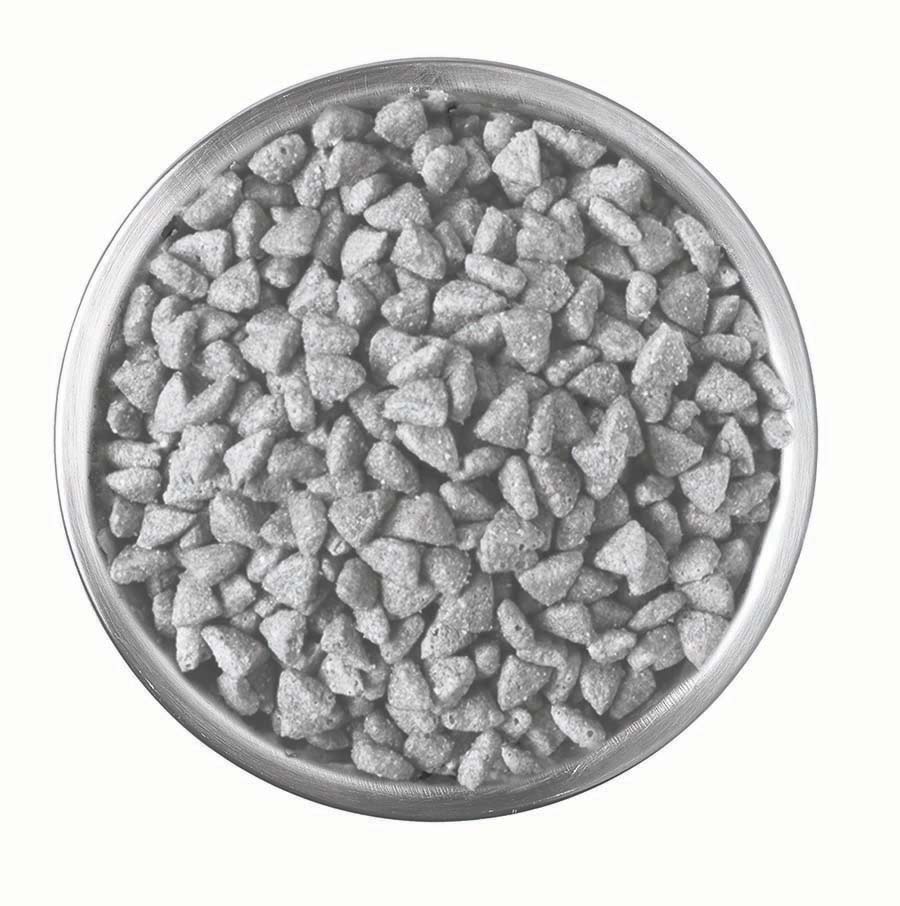
Butylated hydroxyanisole (BHA), butylated hydroxytoluene (BHT), and ethoxyquin are common artificial preservatives used to extend the shelf life of dog food. They’re found in kibble, canned dog food, and some dog treats.
The FDA has approved these for human foods, and there’s a long history of using them to keep processed food fresh. Yet, emerging research shows they can contribute to health problems like allergies and could have carcinogens.
There are healthier alternatives for dog food with natural preservatives like Vitamin E and rosemary extract. Smaller pet food brands often use these healthier preservatives. JustFoodForDogs preserves its food by simply freezing it at its freshest.
2. Artificial colors
When you look at any ingredient list that includes food dyes like Red 40 or Blue 1, you can put it back on the shelf. Yes, the FDA allows them in foods for human consumption, but that doesn’t make them healthy.
There’s a lot of controversy around artificial colors. We know they don’t have nutritional value and could be downright harmful. Some research says they could contain carcinogenic substances and contribute to food allergies. Your dog’s diet doesn’t need them, so why not skip them? You can share many high-quality treats with your furry friend instead.
3. Meat Meal
If you’ve ever read a dog food label, you might have seen “chicken meal,” “fish meal,” or even the generic “meat meal” on the ingredient list. These meals reference a type of processing. The industry term is “rendering,” which means the meat cooks at such a high temperature it eventually dehydrates and creates a powdery substance.
Meat meals are a common ingredient in dog food and are used as a protein source. There are different qualities of meat meals. For example, a named meal like chicken meal is considered higher quality than a general “meat meal.” That’s because the manufacturer only used chicken to produce the meal rather than “anything.” Some of the generic meals can come from questionable sources like slaughterhouse waste.
A named meal like “chicken meal” is an additional source of protein for dry food and isn’t necessarily bad for your pup. But you want to avoid generic meat meals as they’re a catch-all for “scraps” unsuitable for human consumption.
4. Rendered Fat
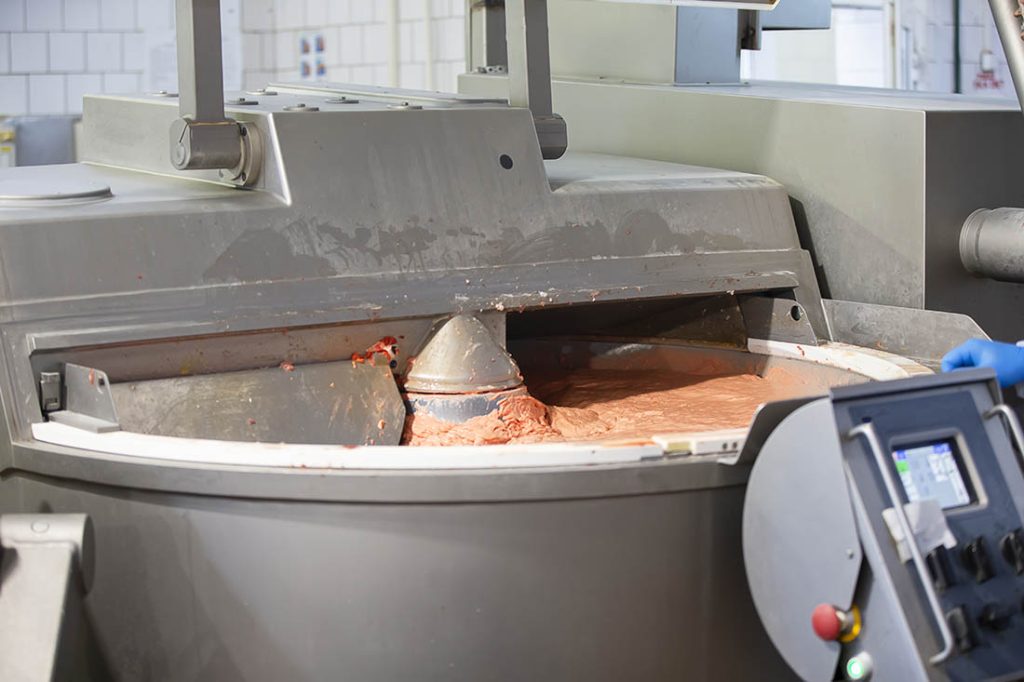
If you’re squeamish, you may not want to know about this process. Basically, you can think of it as boiling bones, organs, and other bits and pieces to melt them down into a fatty substance.
The final product can extend the shelf life of dog food, but it doesn’t have a lot of nutritional value. Worse, some pet food facilities get the dregs of waste to create pet food such as diseased animals to go into the rendering pot. Yuck!
Higher-quality pet foods are more discerning with their ingredients and many use human grade ingredients.
5. Unnecessary by-products
If meal is dehydrated protein sources, by-products reference the body parts that are usually not considered fit for human consumption. This can include organ meats but also heads, feet, and anything else available.
Like meal, there’s a world of difference in named byproducts vs. “by-products.” If you see generic ingredients like animal by-product on an ingredient list that could included diseased animal parts. If it’s labeled “chicken byproducts,” that’s slightly better as it indicates the pet food brand is paying attention to ingredient sourcing.
6. Melamine
Back in 2007, there was a major pet food recall. Affecting at least 150 pet food brands, the source of the recall was melamine, a plastic material that contaminated some of the pet food ingredients thanks to mislabeling.
It was a horrific incident that lasted weeks, and thousands of pets suffered from kidney damage from eating the contaminated food and died. Melamine has never been an approved food source for humans or pets, and this catastrophe caused the FDA to step in and test some of these foods. What they discovered was mislabeled ingredients. Instead of being labeled as melamine, the packages were labeled as wheat gluten and rice protein concentrate at the source in China.
This incident caused many pet parents to pay closer attention to dog food labels and seek out human-quality ingredients for their pets.
7. Corn Syrup
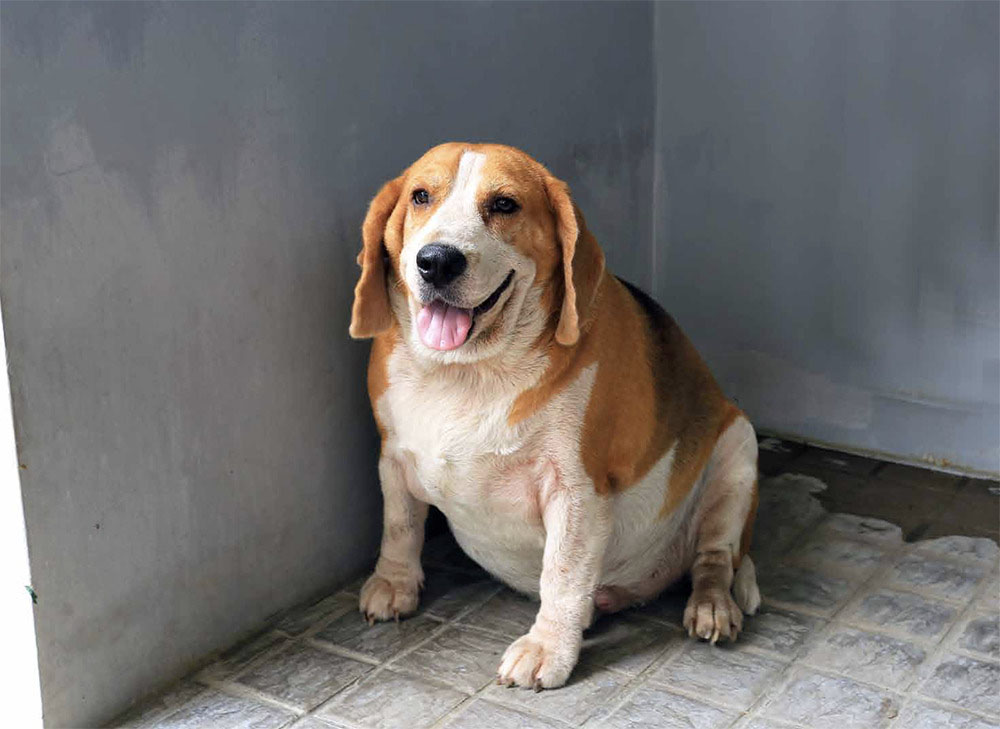
Dogs love this sweetener, but it’s not a healthy ingredient for dogs or their people. You may have read headlines about the dangers of high fructose corn syrup (HFCS.) It’s a high-calorie ingredient that elevates blood sugar. It can cause your pooch to pack on the pounds. It’s also addictive and contributes to chronic health issues like diabetes and obesity.
Additionally, corn syrup is often made from genetically modified crops, which can contain pesticides and other harmful chemicals. Corn syrup can lead to allergic reactions and skin problems in your dog.
You can choose dog food and dog treats made with natural sweeteners and skip the corn syrup.
The Components of Healthy Food for Dogs
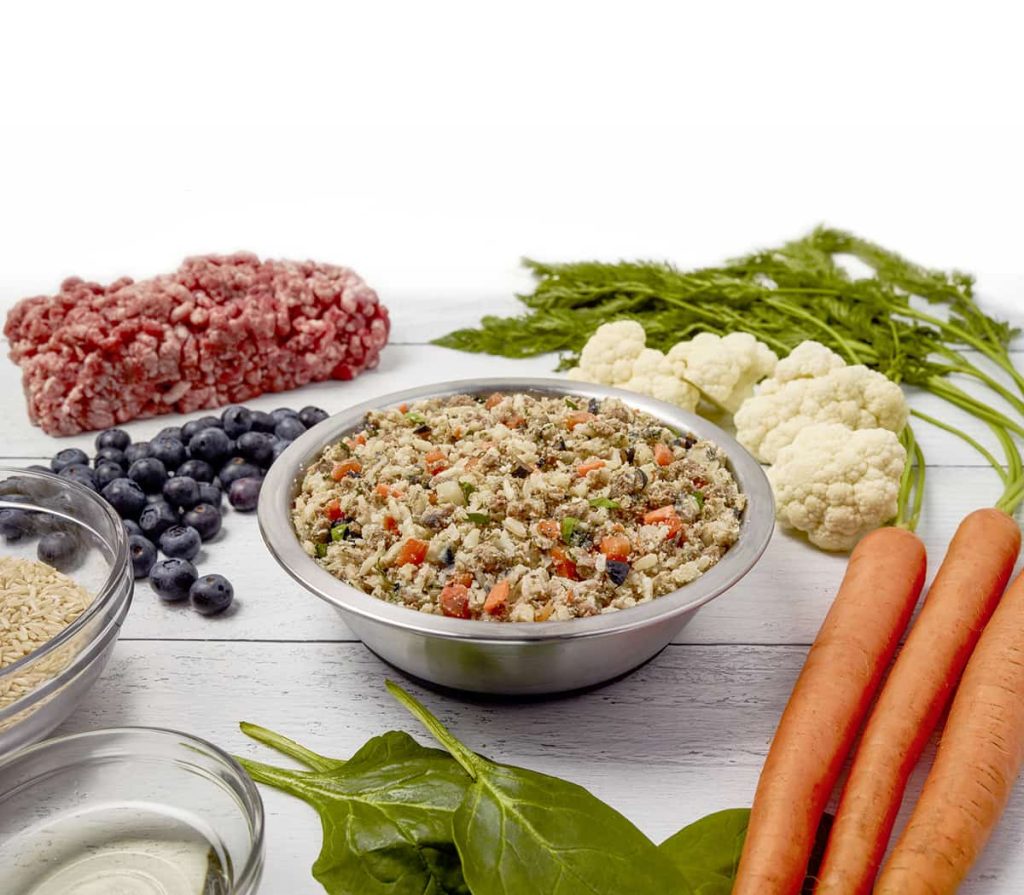
Pet food brands have a wild discrepancy when it comes to ingredient quality. Some are packed with empty carbohydrates and additives with no more nutritional value than a bag of potato chips. No wonder there’s an obesity epidemic with our pets!
Other pet food brands offer fresh, human foods designed for dogs. Think of quality ingredients like sweet potatoes and turkey instead of food dyes, fillers, and nitrates.
Your dog needs healthy food sourced from whole, quality ingredients. Foods made with real meat and vegetables ensure your dog gets the proper nutrition, complete with omega-3 fatty acids and antioxidants. Real food products can help your dog feel his best from the inside out and lower vet bills over the life of your dogs. Good nutrition can even often clear up skin problems and tummy troubles within a few days or weeks.
Depending on your dog’s age and health, you might choose a food for healthy digestion, a glossy coat, or other health condition. Imagine how your pooch will look and feel with the right healthy diet.
This content is for informational use only and does not replace professional nutrition and/or medical advice, diagnosis, or treatment. It is not a substitute for and should not be relied upon for specific nutrition and/or medical recommendations. Please talk with your veterinarian about any questions or concerns.





